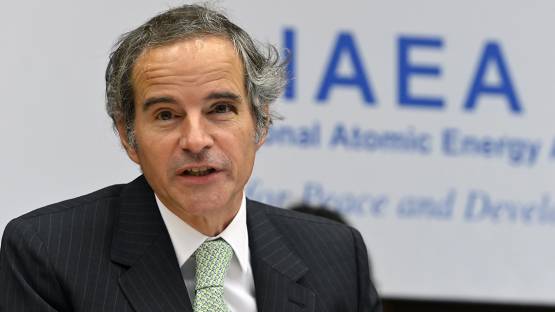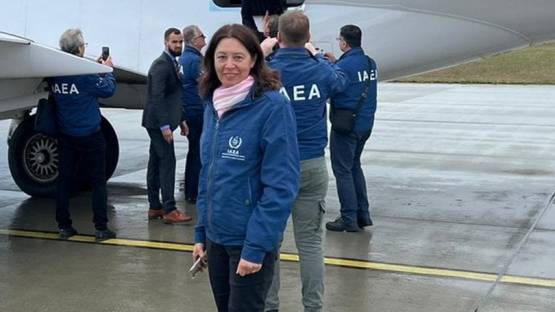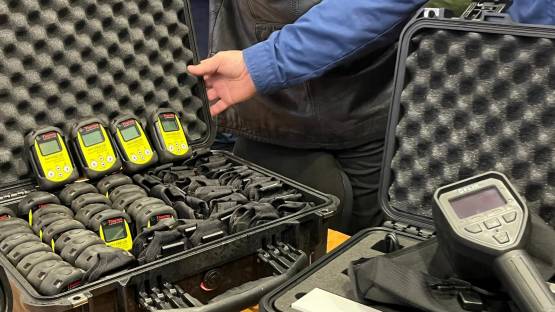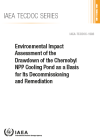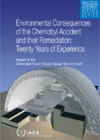On 26 April 1986, the Number Four reactor at the Chornobyl Nuclear Power Plant in what then was the Soviet Union during improper testing at low-power, resulted in loss of control that led to an explosion and fire that demolished the reactor building and released large amounts of radiation into the atmosphere. As safety measures were ignored, the uranium fuel in the reactor overheated and melted through the protective barriers.
The 1986 Chornobyl nuclear power plant accident
Soon after the accident, the IAEA provided immediate support to the Soviet Union in the area of environmental remediation, decommissioning and management of radioactive waste, to strengthen the safety levels at the plant. The IAEA worked closely with other United Nations organizations under the “International Chernobyl Project,” which provided an assessment of the radiological consequences of the accident and evaluated protective measures. The results were presented at the international conference entitled One Decade After Chernobyl: Summing up the Consequences of the Accident held in April 1996.
Shortly after the Chornobyl accident, the IAEA drafted two conventions that were ratified by Member States – the Convention on Early Notification of a Nuclear Accident and the Convention on Assistance in the Case of a Nuclear Accident or Radiological Emergency, which establish the international framework for emergency notification, information exchange and the provision of international assistance on request. The Conventions mandate the IAEA to act as the international hub coordinating these activities.
In 2003, the Chernobyl Forum was established by the IAEA in cooperation with the governments of the most affected countries — Belarus, Russia and Ukraine — as well as with relevant international organisations to address recovery operations and to carry out radiological assessments of the affected areas. The results were presented at the 2005 IAEA conference on Chernobyl: Looking Back to Go Forward[1].
The findings of the 1996 and 2005 conferences were considered by The United Nations Scientific Committee on the Effects of Atomic Radiation (UNSCEAR) as part of its mandate to assess and report levels and effects of ionizing radiation. UNSCEAR findings are fully reflected in the IAEA standards, which are regularly reviewed and updated.
The IAEA has worked closely with UNSCEAR and other international partners to independently assess the radiation impact on the health and environment since the accident and the science based evidence collated is based on factual and precise data collected at the site and surrounding areas. The information has been submitted to the United Nations and approved by the UN General Assembly.
This document that provides more details on IAEA actions after the Chornobyl accident and the international collaboration that has been undertaken since.
[1] Proceedings of an International Conference on Chernobyl: Looking Back to go Forward; organized by the International Atomic Energy Agency on behalf of the Chernobyl Forum and held in Vienna, 6–7 September 2005. IAEA, Vienna, 2008 (ISSN 0074–1884; STI/PUB/1312; ISBN 978–92–0–110807–4)




